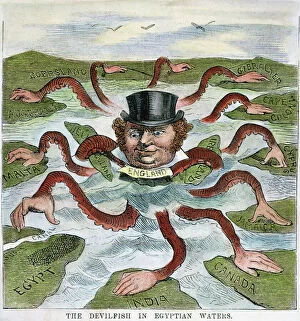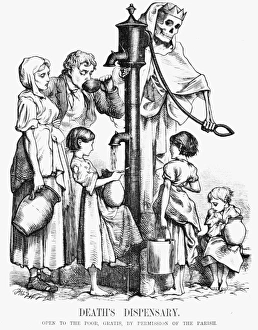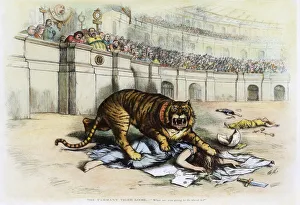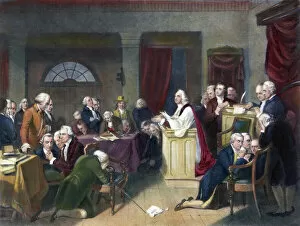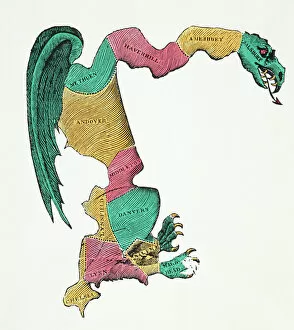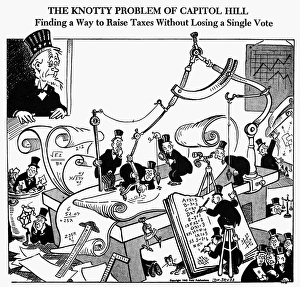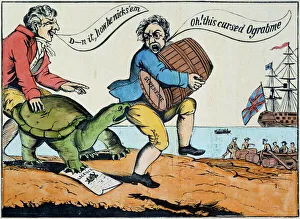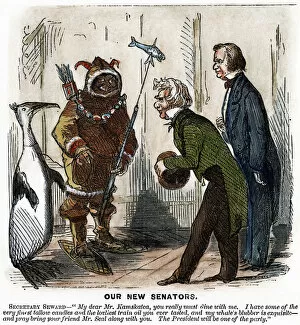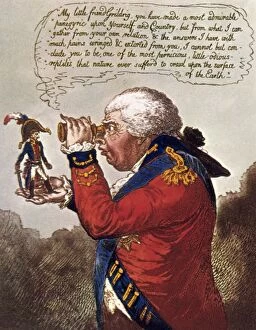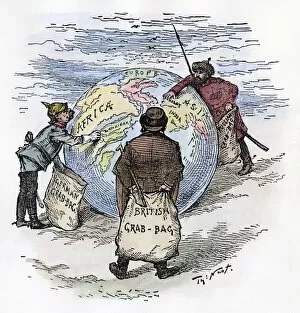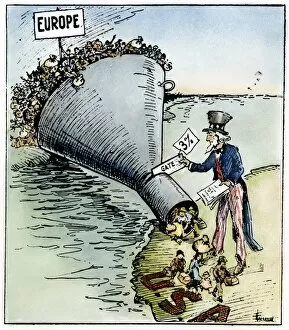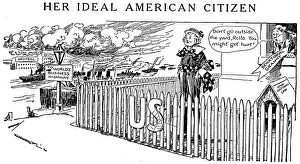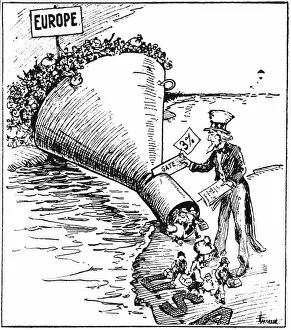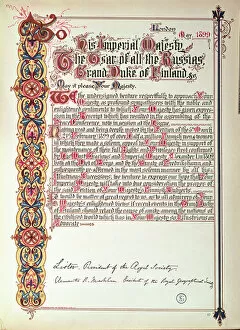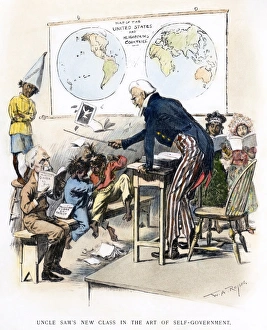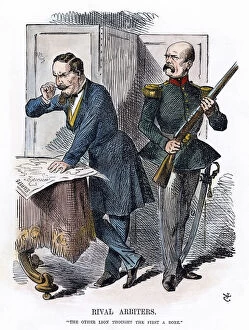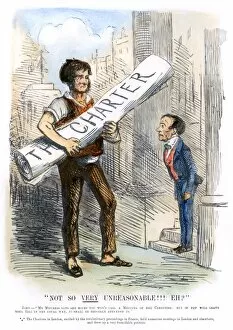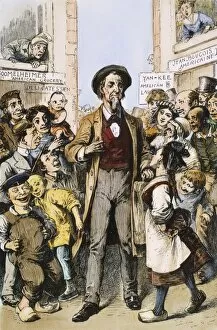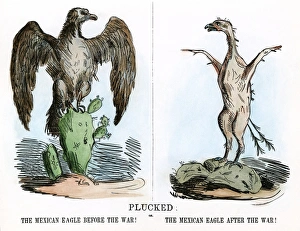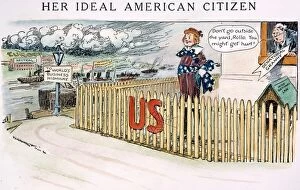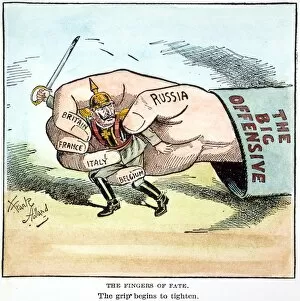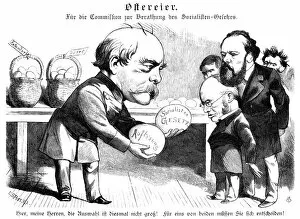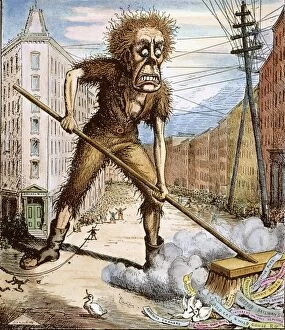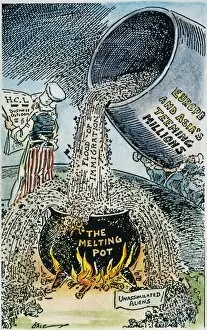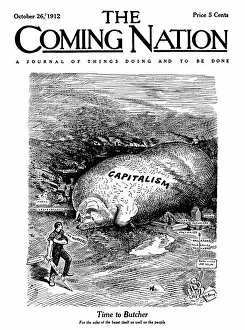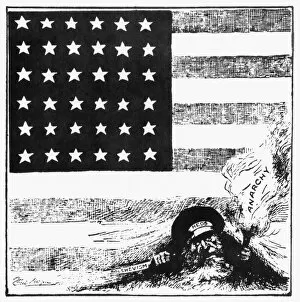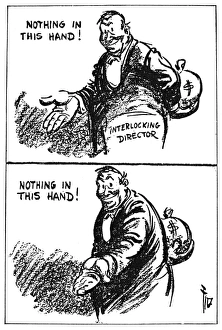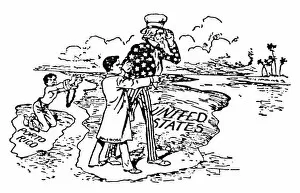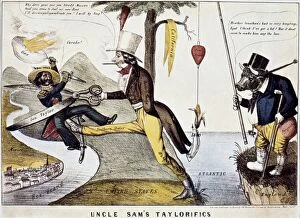Political Action Collection
"Unveiling the Power of Political Action: From Pollution to Imperialism, a Historical Journey" In the realm of political action
All Professionally Made to Order for Quick Shipping
"Unveiling the Power of Political Action: From Pollution to Imperialism, a Historical Journey" In the realm of political action, cartoons have long served as powerful tools for social commentary and criticism. Dating back to 1866, a pollution cartoon depicted the dire consequences of unchecked industrialization on our environment. This early portrayal highlights the significance of raising awareness and taking action against environmental degradation. Moving forward in time to 1882, an American cartoon portrayed John Bull as an octopus representing imperialism's insatiable hunger for land across continents. It serves as a reminder that they can shape nations' destinies and influence global power dynamics. Fast-forwarding to 1942, Dr. Seuss crafted a thought-provoking cartoon titled "The Knotty Problem of Capitol Hill. " It humorously captures the challenges politicians face when trying to raise taxes without losing public support – shedding light on the delicate balance between governance and popular opinion. Thomas Nast's influential depiction in 1871 exposed corruption within Tammany Hall through his illustration titled "The Tammany Tiger Loose. " This iconic image demonstrates how they are expose wrongdoing and hold those in power accountable. Reflecting on historical events like Chaplain Jacob Duche leading the first prayer during Continental Congress or Elkanah's critique through his Gerry-Mander cartoon in 1812 reveals that political action has always played a pivotal role in shaping societies. Even earlier, an American cartoon from 1811 called "Ograbme" satirically criticized America's embargo policies at that time. Such illustrations demonstrate how art can be used as a medium for dissent and protest against governmental decisions. Carl Schurz, known as both an army officer and reformer, exemplifies individuals who actively engage in politics with noble intentions. His efforts serve as inspiration for citizens who seek positive change through their own involvement.

